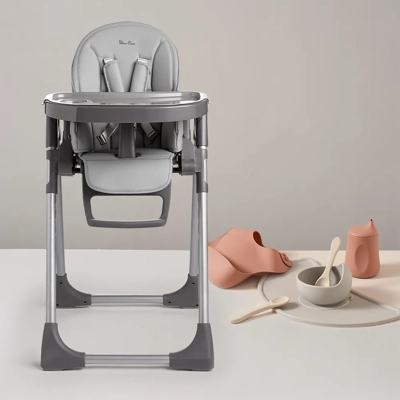
Makes mealtimes fun
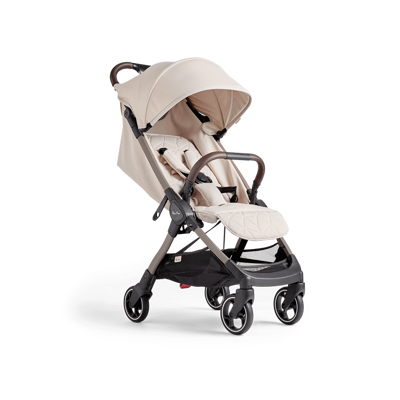
For everyday strolls with a one hand fold

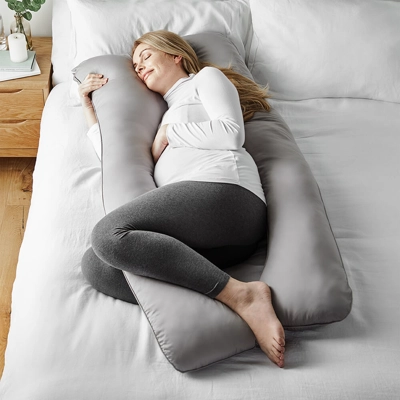
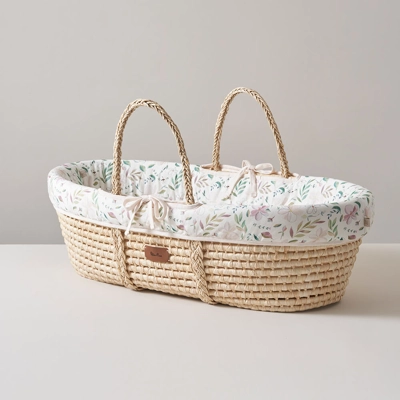
Add Muslin Swaddles worth £45 for FREE!
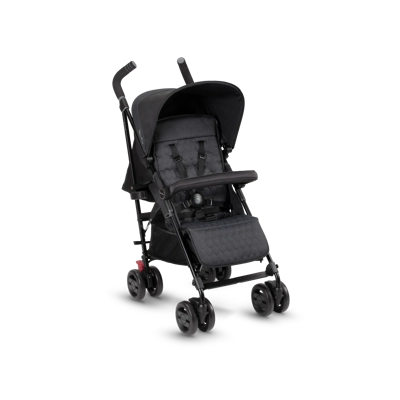
Suitable from newborn to toddler, Pop is the ultimate everyday pushchair offering a smooth and comfortable ride for baby and added peace-of-mind for parents.
The place for parents to be
Min read
Min read
Min read
Min read
Min read
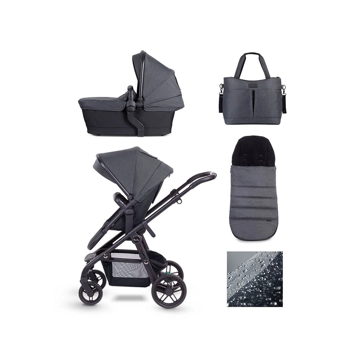
Coast is our cool and durable carrycot/pushchair travel system which features stylish detailing and premium marl fabrics. Coast is fully accessorised with a co-ordinating deeply padded footmuff and super practical pram bag.
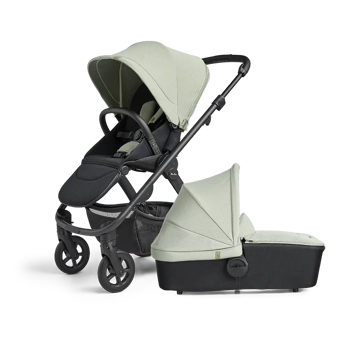
Tide is our new multi-terrain pushchair with an overnight sleeping approved carrycot, reversible multi-recline pushchair seat and effortless freestanding fold.
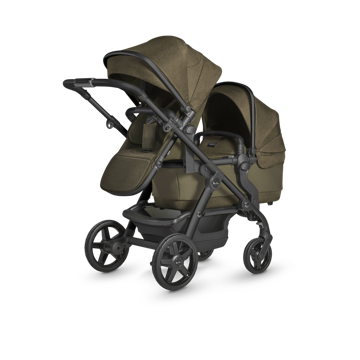
Introducing the all new Wave, our future-proof travel system that’s designed especially for growing families.
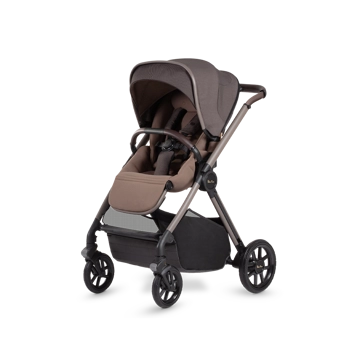
Suburban, stylish, sustainable – Reef is our multi-terrain travel system offering the ultimate in baby comfort no matter where your adventures take you.

Dune, our contemporary and compact urban travel system proves there’s no need to compromise when it comes to style and functionality.

Add an award-winning Dream i-Size Infant Carrier & Base with your Coast pushchair, designed for everyday strolls
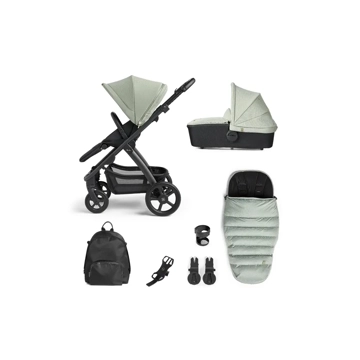
Our lightest, most compact multi-terrain pushchair, Tide is made for exploring. Includes Accessory pack with a changing rucksack, footmuff, phone holder and cup holder.

Our lightest, most compact multi-terrain pushchair, Tide is made for exploring. With 4-wheel suspens...

Our lightest, most compact multi-terrain pushchair, Tide is made for exploring. With 4-wheel suspens...

Everything you need with your Wave pram including Dream i-Size infant carrier & base, changing bag, footmuff, phone holder and snack tray
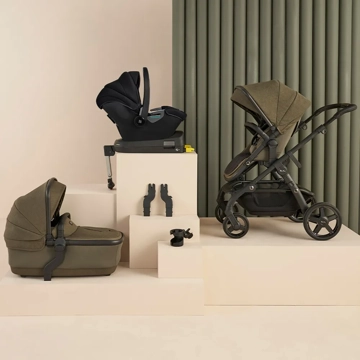
Turn your Wave pram into a Travel System with an award-winning Dream i-Size infant carrier
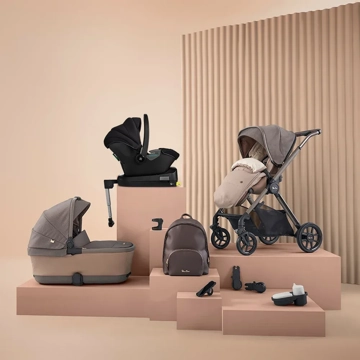
Everything you need with your Reef pram including a First Bed Folding Carrycot, Dream i-Size infant carrier, changing bag, footmuff, phone holder and snack tray

Reef, our multi-terrain travel system offering the ultimate in baby comfort no matter where your adventures take you with its freestanding fold, first bed folding carrycot and off road wheels with a travel pack
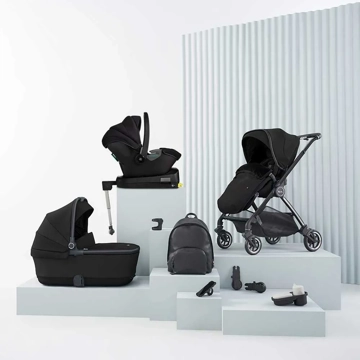
Everything you need with your Dune pram including a First Bed Folding Carrycot, Dream i-Size infant carrier, changing bag, footmuff, phone holder and snack tray
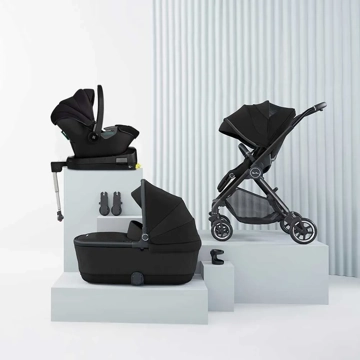
Combine your Dune pram with a Newborn Pod and an award-winning Dream i-Size infant carrier and Travel pack.
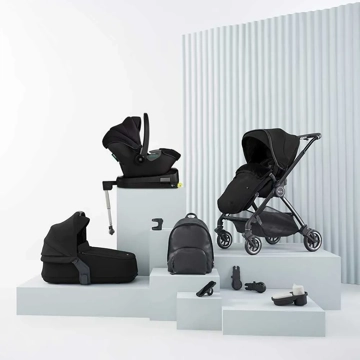
Everything you need with your Dune pram including a Compact Folding Carrycot, Dream i-Size infant carrier, changing bag, footmuff, phone holder and snack tray

Combine your Dune pram with a Compact Folding Carrycot and an award-winning Dream i-Size infant carrier
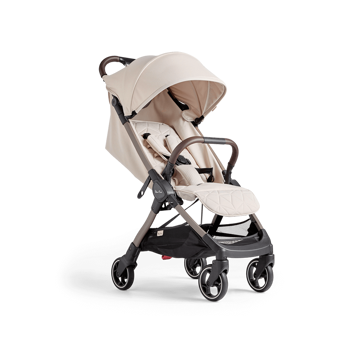
For everyday strolls with a one hand fold
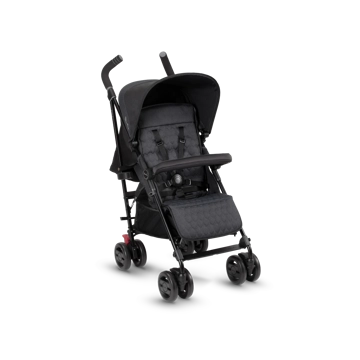
Suitable from newborn to toddler, Pop is the ultimate everyday pushchair offering a smooth and comfortable ride for baby and added peace-of-mind for parents.
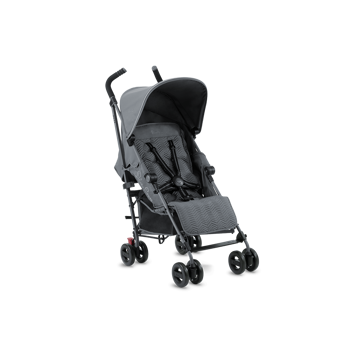
Upgrade your daily strolls with Zest, our everyday pushchair offering style and comfort for both parents and babies.
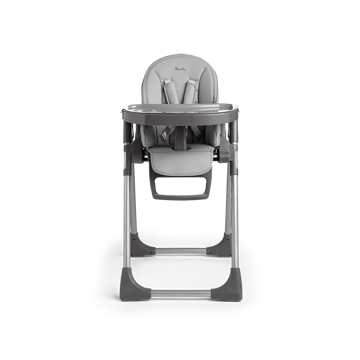
Makes mealtimes fun
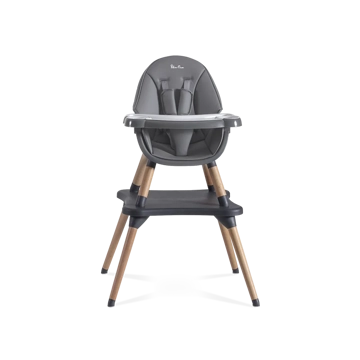
Eat&Play is the 4-in-1 highchair and play table that does it all. Transforming effortlessly from...
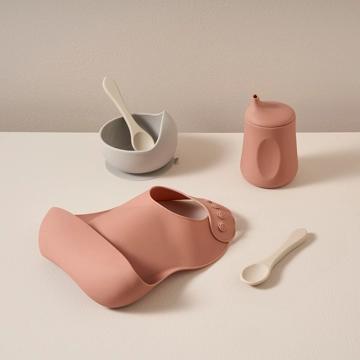
For snacking, weaning and playtime
Start you little one's weaning journey
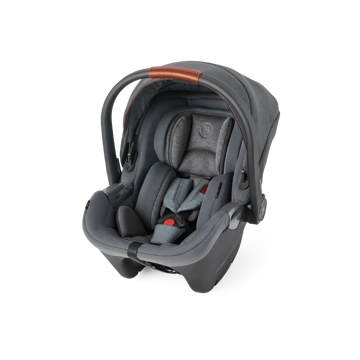
Awarded the safest infant carrier for your newborn by ADAC, when used with the Dream i-Size base
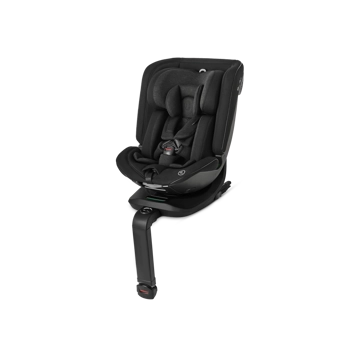
The only 360° rotating car seat you need, suitable from birth to approx. 12 years
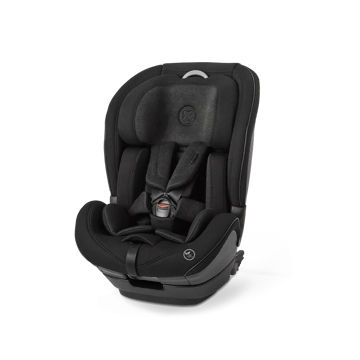
The multi-stage car seat, growing with your child from 15 months to approx. 12 years of age
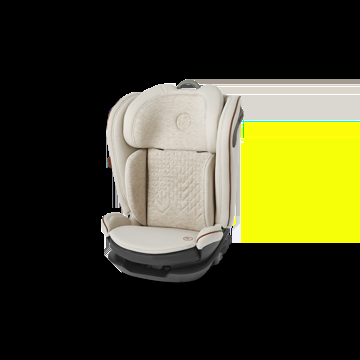
Our high-back booster seat from 4 to 12 years old, approved to the latest R129/03 safety standard
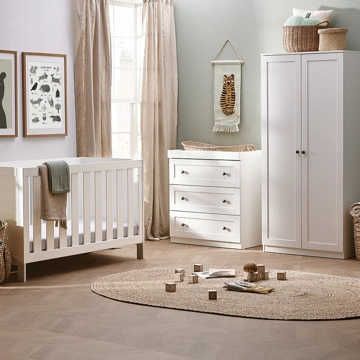
Simple and beautiful, the Bromley nursery furniture collection offers the perfect canvas for creatin...
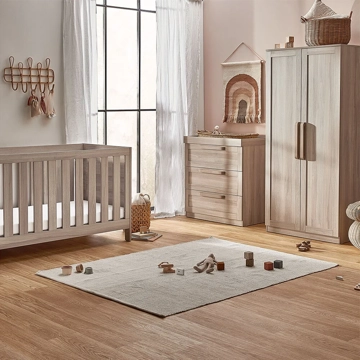
Create the best nursery for your little one to nap, play and grow with the Bromley Oak 3-piece nurse...

Special edition auto-folding super stroller.

Special edition 360° rotating, all stage car seat.
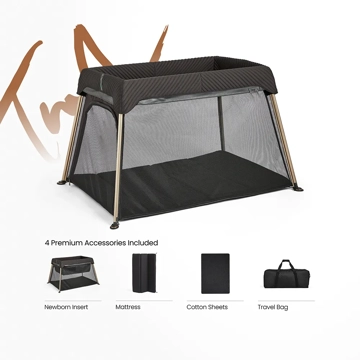
Special edition one-pop travel cot, co-sleeper and playpen.
Postpartum, originates from the Latin for “post” (after) “partum” (giving birth) and we still use the word in modern midwifery. It refers to mum – when we refer to baby, we use the term postnatal.
In the period after birth, there are common experiences and less common ones, based on individuality. Here are some points to think about postpartum, starting immediately after giving birth:
Emotional Impact
The range of feelings might be a rollercoaster ride. Women describe feeling anything from elated (like they’ve never been before) to flat and exhausted. These emotions will come and go, so try not to judge them, or yourself for feeling them. Allow yourself to experience the emotions as they pop up – don’t push them away. It’s perfectly normal to feel negative emotions and everyone gets them. This does not make you a bad mum, I can promise you that.
Even women who had their ‘dream birth’ will experience them too, while women with planned C-sections can feel they were somehow ‘cheated’ of a ‘normal birth’. Some will feel that because they didn’t experience labour, they missed out. It can take you by surprise if you do feel like that. An unplanned emergency C-section can lead to more feelings of disappointment, especially if you had not considered that option.
It’s important to acknowledge your feelings and to express them to someone you feel you can talk to. They are all valid and just because you have a healthy baby, it does not mean you can’t grieve an experience you wanted. They are totally different things. That said, some mums are very happy with their C-section experience and would prefer that if they were to have any more babies.
As time goes on, if your feelings are escalating or not getting better, it’s advisable to speak to a professional and have a birth debrief. You will need time to process and digest your feelings. If you have (or still do) experience mental health problems, this could impact on your emotions and you could be more susceptible to postnatal depression (PND) for example.
There are some risk factors for PND, but anyone can experience it and if you think you are experiencing something more than the usual ‘baby blues’, or if you have harmful thoughts towards yourself or your baby, the safest thing you can do is let your midwife know. They are there to care for and support you. If you do have risk factors for PND, get your partner or family to look out for you during the postpartum period and flag up any concerns on your behalf.
"It’s perfectly normal to feel negative emotions and everyone gets them. This does not make you a bad mum, I can promise you that."
Fatigue and Weakness
After the initial flood of emotions starts to settle, you may become a little deflated which is often down to exhaustion. Your body could be weak and you might feel a bit shaky. If you feel hungry, and it’s safe to, have something to eat and try to get some sleep. Your baby will be taken care of either by hospital staff (if you gave birth in hospital) or by your birth partner(s) (if at home) while you have a well-earned rest.
Wound and Blood Loss
There’s always blood loss to contend with, either during birth or postpartum. A vaginal delivery often results in some kind of wound. Your midwife may have carried out a controlled cut, known as an ‘episiotomy’ during your vaginal birth, if it was absolutely necessary.
Either way, the average blood loss after vaginal birth is around 500ml. Your midwife will monitor how much blood you have lost and will record this. You may then need to make up the blood that you have lost. It's usually a case of taking iron postpartum, although heavy loss could result in you needing a blood transfusion.
Vaginal blood loss tends to be quite heavy (like a heavy period) postpartum. If you packed some large maternity pads in your maternity bag, you will be glad of them. Postpartum C-section women can expect some vaginal bleeding too and in fact, can have blood loss of around one litre. If you notice you are passing large clots and are concerned, make sure this is checked by a midwife.
There is a small possibility of postpartum haemorrhage, as around 1-5% of women can experience this. If you were aware of having placental problems before or during labour, you might be more at risk of this and you will be monitored. In any case, always report any excessive bleeding which looks worse than a heavy period or involves passing large clots, as postpartum haemorrhage can have serious consequences.
"If you packed some large maternity pads in your maternity bag, you will be glad of them."
C-Section Wound
If you have a caesarean section wound, this will be monitored by maternity staff in the hospital. If you notice any excessive oozing, pus (yellow/green discharge), opening of the wound or excessive pain and redness around the wound, let your midwife or GP know straight away. Women who have had a C-section are also slightly more at risk of a postpartum haemorrhage. It’s usually associated with the delivery of the placenta, but it can happen later.
Hunger
If you had a long labour and difficult birth, you will be ravenous! Maybe your birth partner(s) kept you topped up with high energy snacks and some drinks and water, but if you didn’t feel like eating much in labour, you will now want to make up for it. If you feel weak and shaky, some food and drink will often make you feel better. In any case, make sure if you are going into hospital, you take a good selection of drinks and snacks in your bag. Also take plenty of change in case you and/or your partner need to use the vending machine for snacks or drinks.
Postpartum Contractions
Just when you think the pain is all over, along come the postpartum contractions. They can be anything from slightly uncomfortable to really painful. You can take medication for pain, such as ibuprofen or paracetamol, but avoid aspirin. If you are unsure about medication, ask a professional such as a midwife, GP or pharmacist.
Note that if you are breastfeeding, you will probably get stronger postpartum contractions. The nipple stimulation can trigger the contractions of the uterus, which now needs to start the process of shrinking. It needs to get back to its ‘normal’ size and this will take time. Generally, the contractions are stronger straight after birth and then subside. But they can sometimes get you unexpectedly and you will need to breathe through them and bear with it – they can be painful at times. If you work out some pain management with your midwife, you can get a bit of a handle on it all.
"Make sure if you are going into hospital, you take a good selection of drinks and snacks in your bag."
Piles
Haemorrhoids (commonly known as piles) can pop up (literally!) during pregnancy, labour/birth and postpartum. They are protrusions of veins that push their way out of the anus due to the pressure of pushing, by standing for long periods or by constipation.
Health professionals tend to focus on the ‘constipation’ element, though in truth they can appear without constipation. Pushing too hard in the wrong area (easily done) during labour can contribute. The extra circulation that you deal with in pregnancy means that your vessels are under more pressure.
If at all possible, avoid excessive pushing in the anal region during labour. Hypnobirthing will help prepare you well for labour. The breathing techniques and the use of sound in labour can help. Tipping your chin up and using high pitched sounds can hamper the opening of the vagina, making it more difficult. Using lower sounds and tucking your chin into your chest can help to open up the birth canal and there will tend to be less ‘forcing’ and more ‘encouraging’ going on.
Even if you do everything you can to prevent piles, they can defy you and make an appearance anyway. If this is the case, your first poo will be something you don’t look forward to. Try your best not to become constipated, as avoiding a poo can cause make things worse. You may need a gentle laxative to help, so speak to your midwife if you have piles and they are painful.
Using cold packs, haemorrhoid ointments and creams from your pharmacist can help. Home treatment such as witch hazel packs, pads and wipes can also help and you can buy them over the counter. It’s far better to deal with your haemorrhoids early on and attempt to nip them in the bud, than to ignore them and hope they will go away because they will either hang around or even get worse.
"Try your best not to become constipated, as avoiding a poo can cause make things worse."
Pelvic Weakness
After birth lots of mums have weakness in their pelvic floor due to the weight of the baby during pregnancy, the relaxing hormones and possible birth complications. I can’t stress enough how important it is to re-strengthen the pelvic floor as soon as you feel able to. Mummy MOTs are also a great way of checking your postnatal body and pelvic floor strength.
A prolapse is slightly different to weakness when the tissues/organs in your pelvic cavity protrude into your vaginal canal. Around 35% of women will experience some form of prolapse. The degree of the prolapse varies from woman to woman. The cause is, again, those lovely pregnancy hormones that soften the pelvic region in preparation for labour and birth. Whilst they do a wonderful job, the softening can mean that the pelvis is more pliable and vulnerable to prolapse. The biggest cause of a prolapse is pregnancy and birth. Add in some contributing factors, such as family history, medical conditions or obesity and the risk can go up.
The good news is, it’s very treatable. In fact, if it’s a minor prolapse, it can right itself with the correct exercises. You can also get some devices to help strengthen the pelvic floor. For more severe cases you could be offered surgery. The signs and symptoms of a prolapse include: pressure on your vagina or rectum, pelvic pain, inability to pee and/or poo and pain during sex. And you may see or feel a protrusion – some women describe a sensation that feels like as though you are sitting on a small ball.
If you do have a prolapse, it’s very likely to be picked up in hospital, if you have a hospital birth. If you feel that you do have a prolapse later on, consult your GP or midwife as soon as possible.
"Around 35% of women will experience some form of prolapse."
Menstruation
If you’re wondering when your periods will return, there’s no one answer. If you bottle feed (or combine bottle and breast) your baby, it could be as soon as 5-6 weeks. If you are exclusively breastfeeding, it will depend on when you wean your baby and when you discontinue breastfeeding.
Heads up – there is a tendency for periods to be heavier after you’ve had a baby. Some women find their periods more uncomfortable, experiencing ‘crampy’ pain. Gradually, things will settle and most women return to periods that become more manageable. It’s important to bear in mind that you can become pregnant as soon as three weeks postpartum, even if your periods haven’t started again! I have seen that before!
Quirky Postpartum Changes
Your hair may fall out – This could be minimal or quite radical (in clumps). This is down to changing hormones. You can try hair strengthening products/vitamins and hair masks to improve the quality of your hair. Some mums find a silk pillowcase useful too. Remember, if you are breastfeeding, the vitamins can pass to your baby, so ensure they’re safe to take. Avoid brushing your hair when it’s wet and change from a brush to a wide-toothed comb.
Your belly button – If it was an ‘innie’ before pregnancy, the chances are it’s now an ‘outie’ and could stay that way (or not). Your belly button will likely have a stretched appearance.
Your feet – Yes, they can become bigger by a few centimetres, which could mean you need to buy some new shoes. The relaxed tendons in your body can mean more stretching and pliability all round, including your feet. Whether or not they will remain bigger varies from woman to woman.

Marie Louise is an experienced Midwife, PTLLS adult educator and hypno-birthing teacher from the UK. She has travelled extensively to learn about midwifery in different cultures and has also practised in Australia. She runs ‘Modern Midwives Meetups’ which provide a safe space for midwives to share best practice and hear from experts in the maternity field. Marie Louise is a sought after expert and has most recently been invited to Parliament to discuss maternal mental health and maternity discrimination. She's also a communications partner for Child.Org, an equal opportunities charity for children and advises Cocoon Family Health, a perinatal mental health charity based in London.